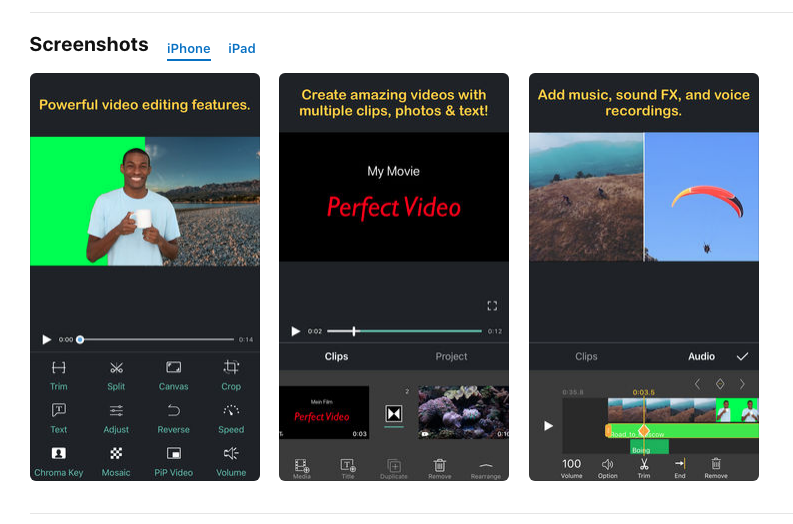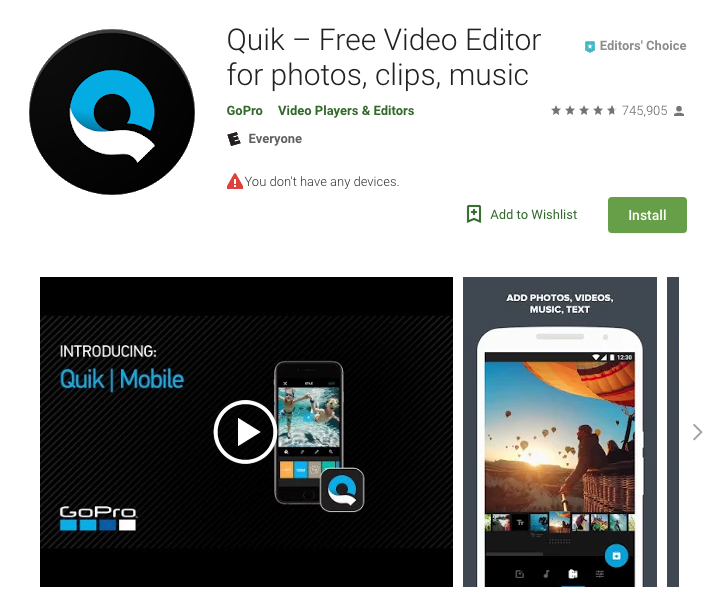
With more and more legal disputes over wills, you need to make sure your instructions are watertight if you would prefer not to leave your kids a windfall
The best way to ensure that your estate is divided up just as you wish after you die is to write a will. But what if someone were to challenge it?
According to analysis by law firm Nockolds, the number of disputed wills appearing before the courts has been on the rise, from 116 in 2015 to 158 in 2016 – a record high.
These are just the cases that make it to the courts – many more will be settled at an earlier stage.
In general, wills are fairly straightforward, and people want to leave their legacy to their nearest and dearest. But as a recent legal challenge highlighted, this isn’t always the case. There are times when you may not want to leave money to certain members of the family.
So why are there increasing numbers of disputes? And what can you do to ensure your will isn’t challenged if you do decide to leave someone out?
What does the law say?
A spouse, former spouse, child or dependant can apply to the courts if they believe that the estate of their loved one does not make “reasonable provision” for them. This is thanks to a piece of legislation called the Inheritance (Provision for Family and Dependants) Act 1975.
Essentially, it means enough to ensure the relative doesn’t live in poverty, but not so much that they live in luxury. But ‘reasonable provision’ is an extremely vague term and open to dispute.
There are a number of different factors courts will have to take into account when ruling on a case, such as the financial position of the person appealing and the financial needs of other beneficiaries of the estate, but there is precious little guidance on just how the courts need to balance competing claims for an estate.
As such, we can see wildly different judgments in appeals and counter-appeals, as happened with the Ilott case (see box below).
Rise in blended families
Ian Johnston, a solicitor in the wills, trusts and inheritance disputes team at JMW Solicitors in Manchester, suggests that the increased number of blended families – where parents remarry and bring together children from previous relationships – has contributed to a rise in contested wills.
He notes that the person making the will has to consider their obligations not only to their children from previous relationships but also to their new partner and any children they have together, or children the new partner has.
“This creates an obvious conflict between the two – or more – strands of the family and forces a person to really think about who they want to benefit from their estate and who they have the biggest obligation to provide for,” he adds.
Many off-the-shelf wills don’t have an option to make notes about your decision
disinherit-2.jpg

Cut the chances of a challenge
If you want to reduce the chances of your will being challenged, you need to take steps to ensure that it is as watertight as possible.
James Wallace, contentious probate partner at Aaron & Partners in Chester, suggests that it is a good idea to ensure that the solicitor with whom you write the will keeps a detailed attendance note of the meeting and the discussions held with you.
Mr Wallace also points out that it helps if the solicitor sees the person writing the will on their own, with all instructions coming directly from them, rather than any third parties.
Matthew Morton, head of the disputed wills, trusts and estates team at law firm Weightmans, which has branches in London, the Midlands, the North West and Glasgow, adds that if you choose to leave a child out of your will, it’s crucial that you make clear your reasoning.
He says: “These attendance notes should take note of why a child is being disinherited and are usually kept by solicitors for at least six years. Doing so proves that the child was considered, and a decision was reached that they should not receive anything. Many ‘off-the-shelf’ will options will not have this, but these notes can play an important role in preventing claims.”
If the person writing the will is elderly, has a history of mental health problems or is taking medication that may affect the functioning of their brain, then it’s important to get a doctor to assess them to ensure they have the mental capacity to make a will. Having the doctor witness the signing of the will is also a helpful step.
Other ways to disinherit a child
There are other steps you can take to deter a child from making a claim against your estate, says Mr Morton.
For example, rather than cut a child out entirely you could leave them a token gesture, which they could potentially lose should they make a claim against the estate.
He adds: “Another option is to award a gift to a child on the condition that they don’t make a claim against the estate. As claims against an estate must be made within six months of a death, this needs to be carefully drafted. Such provisions do not necessarily prevent them from making a claim, but can deter them as they must weigh up the pros of making a claim against the uncertainty of a trial.”
A third option may be through the use of trusts, as money placed in trusts is viewed as being outside of your estate. That said, courts have the ability to call the money back to the estate if they believe it was primarily designed to stop a child from inheriting the money.
Mr Morton says: “A clear record confirming the reasons the money was placed in trust would hopefully minimise the risk of a claim.
“It’s always worth seeking legal advice before setting up a trust, as you cannot personally benefit from it – and the money is then in the control of trustees. Trusts are usually only worth doing with funds in excess of £20,000.”
The Ilott case
One of the most high profile instances of a disputed will came to a head last year after a decade-long battle through the courts.
Melita Jackson had left her daughter, Heather Ilott (above), out of her £500,000 will when she passed away in 2004, leaving most of her estate to a trio of animal charities. Ms Ilott had left the family home as a teenager to set up with her now-husband, and they have five children together. However, this decision led to her estrangement from her mother.
Ms Ilott appealed against the will, noting that her mother had cared little for the charities during her life and arguing that “reasonable provision” had not been made for her in her mother’s will.
The courts initially agreed, stating that she should receive £50,000. Ilott again appealed, arguing that this sum would rule her out of means tested state benefits and not provide her with enough to purchase the local authority home she lived in.
The Court of Appeal then ruled that she should actually receive a total of £163,000 to cover property purchase and future living costs. This then went to the Supreme Court, which over-ruled this decision and stated that Ms Ilott could only get the £50,000 she was initially awarded.
Section
Free Tag
Related stories
Source Moneywise https://ift.tt/2PoYTZ8













